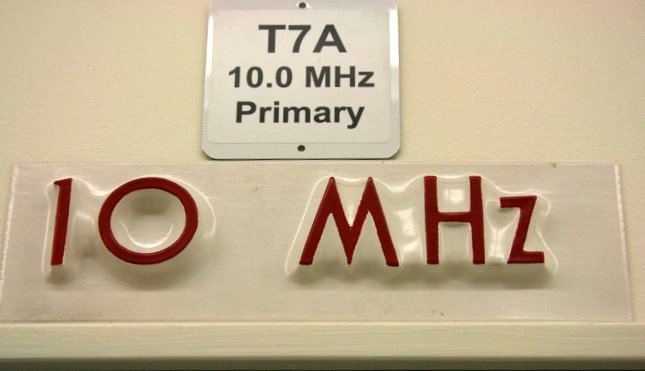Many thanks to SWLing Post contributor, Richard Langley, who writes:
As monitored here in NB on 15 MHz today (31 January), WWV ended the National Weather Service Atlantic and Pacific marine high-seas and storm warnings after 19:00 UTC. Before that time, announcements about the ending of the warnings were transmitted during minutes 4 and 7 after the hour with the Atlantic information in minutes 8 and 9 and the Pacific information in minute 10. So, the last storm warnings were during the 18:00 UTC hour. After 19:00 UTC, the announcements in minutes 4 and 7 were discontinued and the storm warnings in minutes 8, 9, and 10 were replaced with an announcement about the ending of the warnings. Presumably, there was a similar transition on WWVH.
Thanks for the report, Richard!
In terms of an overall update about WWV in the 2019 NIST budget, there has been no real news to report. It seems the funding level for the Laboratory Programs (where the radio stations reside) will be funded at the same level as it was in 2018. Of course, NIST can internally-allocate many of their funds as they wish. Many thanks to SWLing Post contributor, Richard Cuff, who’s been keeping an eye on this budget process.
I must admit that I find it interesting WWV, WWVH and WWVB all continued to operate as normal during the Federal Government Shutdown.


July 5
On July 5, 1963, WWVB joined WWV, WWVH and WWVL as official U.S. time signals. WWVB has jumped into the spotlight since 2000, now boasting millions of “listeners”, with the appearance of inexpensive automatically-synchronized clocks with built-in long wave radio receivers that pick up the skip across North America from the Colorado-based 70KW WWVB transmitter on 60 KHz during the middle of the night. Experimental station KK2XEI began in July 1956 on 60 KHz, broadcasting an Open Carrier for four and a half hours each working day. WWV began in May 1920 though not initially broadcasting time signals.
This service should be replaced with a Digital Radio Mondiale one http://www2.unb.ca/gge/test/SWL/2018-0568a%20DRM%20REPORT%20final%20PDF%20UDI%201732.pdf , which already transmits the time, so give it a caesium frequency standard as a time reference and make it very accurate.
This not only can give voice warnings but maps as well.
Since the encoding & decoding delays in DRM are variable and indeterminate, you’d lose most of the time accuracy of WWV/WWVB/WWVH. Millions, if not billions, of privately-owned time receivers across the US and elsewhere would become useless, unless replaced by much more expensive receivers that provide less accuracy. Because of the wideband nature of the DRM transmission itself, it would also be useless as a stand-alone easy-to-use off-air frequency standard.
In other words, much of the public reasoning for keeping WWV, WWVB,& WWVH running would be lost.
“Before that time, announcements about the ending of the warnings were transmitted during minutes 4 and 7 after the hour …” On re-reviewing my unattended recordings, I discovered that there was also an announcement about their termination in minute 16. Reception on 15 MHz wasn’t great in NB so I had initially missed noting this time slot.